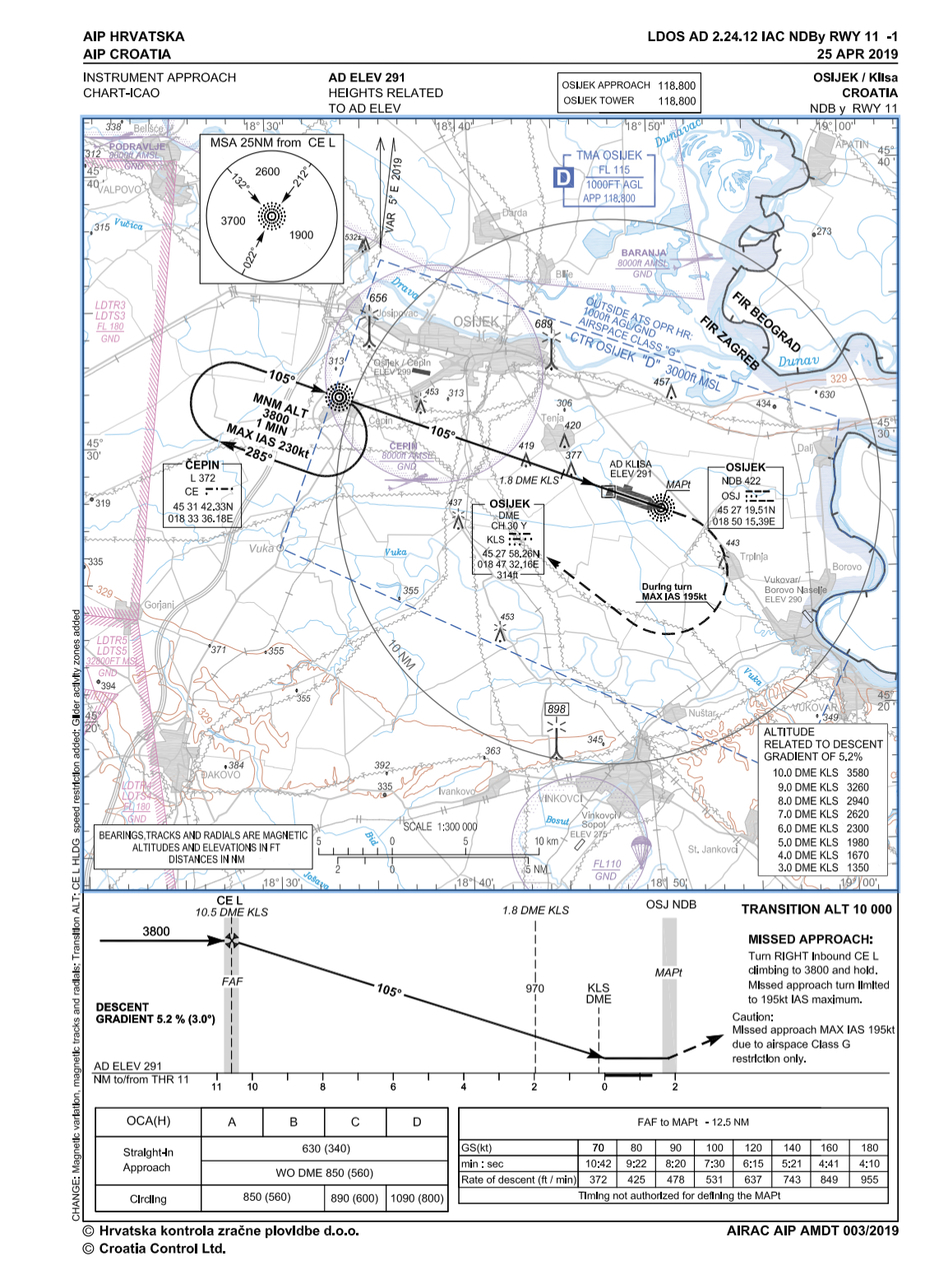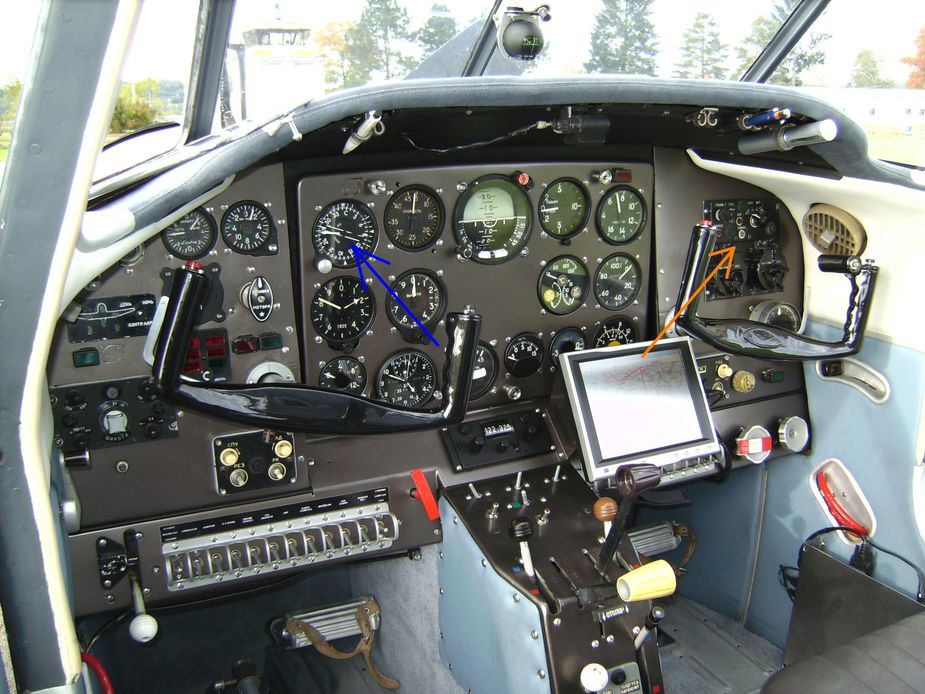Bern used to have one. It even used 3 NDB’s if you count the GA fix. Shupberg, Muri and Berne. Flew it many times in the Seneca when doing my IR at the time.
I don’t know whether this qualifies as dual NDB approach.

This thread is about dual NDB approaches.
Those were always rare.
Great post by vic – thanks!
Fly310 wrote:
But I do not know if there is a big difference on the maintenance side. If the NDB station requires less work at the ground station or not.
There is a big difference. An NDB station is just an antenna mast with a very simple transmitter. No particular siting requirements, the monitor needs only check that the station is transmitting at all. A VOR station is an entirely different beast with a much more complex antenna, seating requirement, transmitter and monitor.
Fly310 wrote:
During my training we only ever had one ADF on board which meant that you switched NDB frequency as soon as you had a 90 degree deflection on the needle and continued towards the next one.
In theory you would get better precision if you left the first NDB on a QDR and switched halfway to the next one. In practice, however…
Thanks for good explanations. Now that we mostly use GPS but still need redundancy I often wonder if it wouldn’t have been best to keep the NDBs instead of VORs because they seem so simple. But I do not know if there is a big difference on the maintenance side. If the NDB station requires less work at the ground station or not.
blue arrow ADF/RMI indicator, orange arrow dual ADF controller:

Again, in Europe there are no more airports/airports that have only NDB approaches (only exception: Losinj, and that one is useless as well as the minima are high and you can approach VFR from the sea anyway, apart from the fact that nobody flies there if the weather is bad).
I have to correct you – Losinj has VOR approach as well.
The main advantage over a slingle NDB that it is very easy to fly; the indicator is a simple dual-needle RBI (not even slaved to anything like an RMI), you keep the needles overlapping each other. Very easy to intercept (fly towards the needles a 30 degree-ish heading, turn shortly before they converge) and to maintain track. It is immediately obvious if you drift to the left or the right, and you correct your heading accordingly. Much less mental effort than a single needle on an RMI.
The errors don’t really cancel out, for example coastal and terrain errors are the same, and with thunderstorms in the vicinity all bets are off as usual.
Yes; I think the idea was that the NDB errors cancel out, sort of. I think you get a form of “RMI” presentation.